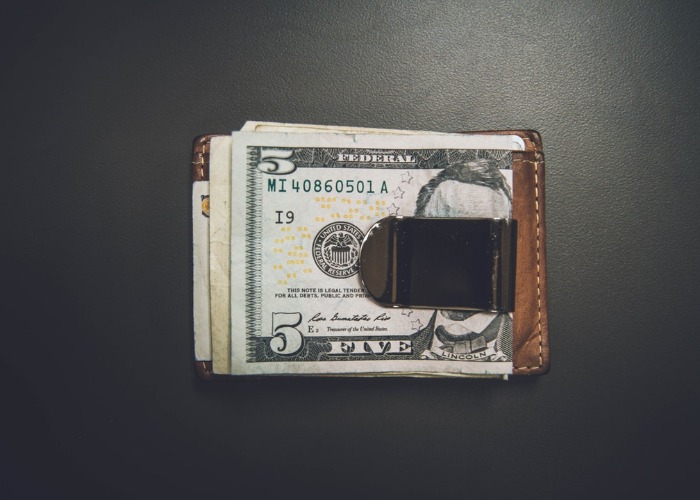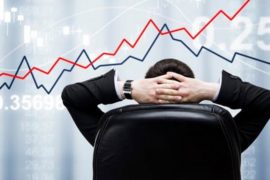Last Updated on Dec 21, 2019 by James W
After the Great Depression, between 1929 and 1932 the worldwide gross domestic product (GDP) fell by an estimated 15%. Great Depression is considered to be the most devastating economic decline of the 20th century. During the period of this decline, the British economist John Maynard Keynes came up with the idea of Keynesian economics.
In his 1936 book, The General Theory of Employment, Interest, and Money, Keynes enlightened his ideas in an extended version. Sooner, everything he wrote became a revolution and one can grab the book using available Flipkart Offers.
What is Keynesian economics?
Keynesian economics is a set of theory which says that how economic output has strongly influenced by aggregate demand during the bad times like recessions. Keynesian economics encourages government interference to help overcome the shortage of aggregate demand to reduce unemployment and boost growth.
Theories behind Keynesian economics
1. Criticizing the idea of excessive saving as it may lead to another depression
Keynes saw it critical to saving excessively- the more money remaining inactive, the less money in the economy inciting growth.
2. The economy will never come to equilibrium
Keynes went against Classical-economics theory and said that the economy will always be in disequilibrium. It will be expanding and contracting at the same time.
So, Keynes pushed a countercyclical fiscal policy in which, during the boom times, the government ought to raise taxes or slice spendings, and during years of economic misery, the power should tackle deficit spending.
3. Spendings by the government will lead to full-time employment
Keynes advocated for more investments in the sectors of infrastructure, unemployment benefits, and education. More the investments by the government and the more will be deflation and a reduction in unemployment.
Criticism of Keynesian economics
Keynes came up with the rational and practical theory to undertake the futuristic predicaments of depressions and recessions.
But, his practical theories seemed to be a sheer failure in the eyes of both classical economists and free-market advocates. They both criticized the theories of Keynes by saying that the British economist is a pessimist. Also, they believed in the natural state of equilibrium. Additionally, if you want to read in detail then you can read the book and avail that using Amazon Upcoming Sale.
Keynesians and multipliers
Keynesians believe to save less and spend more to effect full employment and economic growth.
Keynes states that there is
“a confusion between the logical theory of the multiplier, which holds good continuously, without time-lag… and the consequence of an expansion in the capital goods industries which take gradual effect, subject to a time-lag, and only after an interval.”
In simple terms, the magnitude of the Keynesian multiplier has directly related to the marginal propensity to consume. As per many economists, Keynesian multiplier is said to be 1. Long put short, one dollar spent in fiscal stimulus ultimately generates more than one dollar in growth.
New Keynesian economics theory
With the oil shock of 1973 and the economic problems of the 1970s, Keynesian economics began to fall out of favor. That’s the time when many economists went against the Keynesian theory and ideas based upon the more classical analysis, including monetarism, supply-side economics, [89] and new classical economics came into existence.
But after the failure of new theories, economists came up with the New Keynesian economics, the school which sought to blend the most practical perspectives of Keynesian and neo-classical theories.




